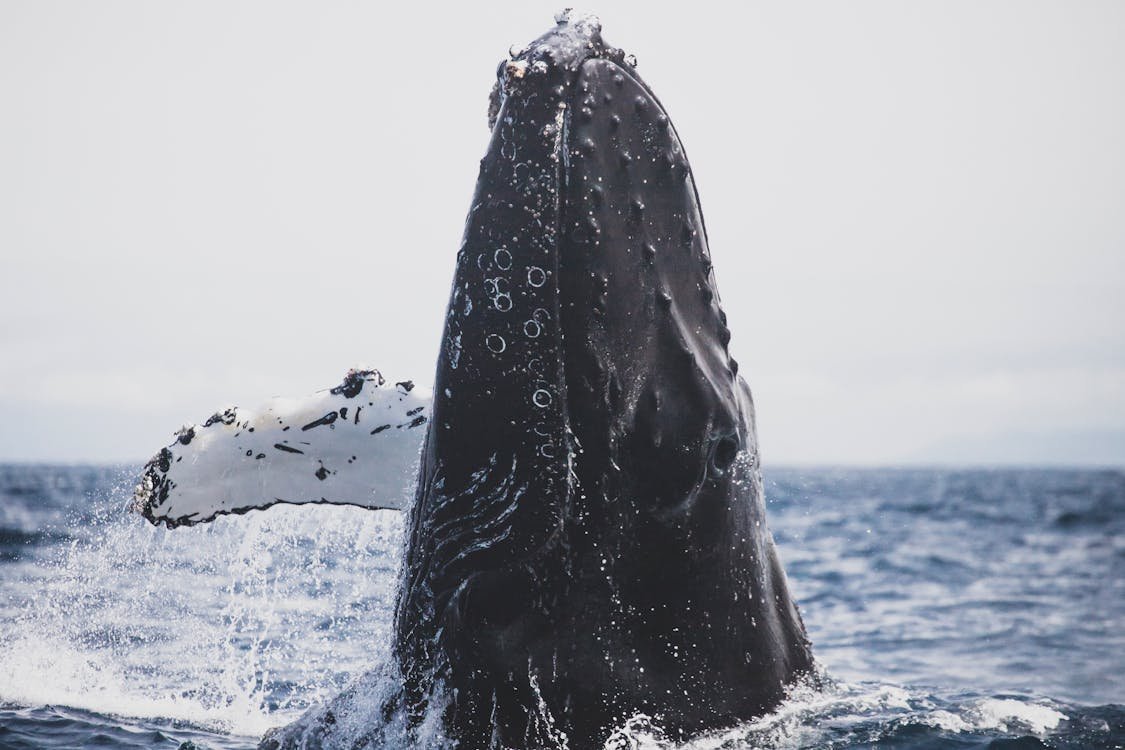Whales are some of the most majestic creatures of the ocean, known for their enormous size, intelligence, and unique behavior. Among the many intriguing aspects of whale life is the question: How do whales sleep? Unlike humans and most land animals, whales face special challenges due to their marine environment. Let’s dive into the fascinating world of whale sleep and uncover how these incredible mammals rest while living underwater.
The Need to Breathe Consciously
One of the most important differences between whales and many other mammals is that whales are conscious breathers. While humans breathe automatically, whales must actively think about each breath. This fact complicates their ability to sleep, as they cannot become fully unconscious without risking drowning. For whales, sleep must be a delicate balance between rest and staying alert enough to come to the surface for air.
How Do Whales Sleep?
Whales have developed a special strategy to get the rest they need while staying safe in their watery environment. Instead of fully shutting down their brains like humans do, whales only let one half of their brain sleep at a time. This phenomenon is called unihemispheric slow-wave sleep (USWS).
During USWS, one hemisphere of the whale’s brain remains active, allowing it to continue swimming slowly, stay somewhat aware of its surroundings, and surface for air when needed. Meanwhile, the other half of the brain enters a state of rest, allowing the whale to recharge and recover.
This type of sleep is an evolutionary adaptation that helps whales avoid predators and manage their oxygen supply, two critical concerns in the open ocean.
Types of Whale Sleep
Whale sleep patterns vary between species, but generally, there are two ways whales rest:
- Resting at the Surface (“Logging”): Some whales, especially sperm whales, will float near the surface of the water in a behavior known as logging. This term comes from the way they resemble floating logs during rest. Logging whales move very slowly or remain nearly still, and one half of their brain stays awake to manage breathing. When resting at the surface, they can quickly take a breath without expending too much energy.
- Sleeping While Swimming: Dolphins, orcas, and other species of toothed whales often continue swimming while sleeping. Even when resting, they need to maintain movement to stay safe, keep their body temperature regulated, and maintain oxygen flow. In this state, they will swim in slow, rhythmic motions, with one side of their brain alert to guide them to the surface when necessary.
How Long Do Whales Sleep?
The amount of time whales spend sleeping can be quite different from species to species. On average, whales sleep for only short periods—usually between 10 minutes to an hour at a time—adding up to about four hours a day. However, unlike humans, they don’t have long uninterrupted periods of sleep but rather short naps scattered throughout the day and night.
Do Baby Whales Sleep?
Baby whales, or calves, have different sleep patterns compared to adults. In their early life, calves need to surface frequently for air and are not yet capable of unihemispheric sleep. As a result, they remain awake most of the time in their first few weeks of life, often resting by swimming in the slipstream of their mother. During this period, the mother will often remain active and keep the calf close for protection and assistance in surfacing for breaths.
Over time, the calf will develop the ability to rest one side of its brain at a time and become more independent in its sleep behavior.
Unique Sleep Challenges for Whales
Whales face several unique challenges when it comes to resting:
- Avoiding Predators: Even though whales are massive, they are not immune to predators like orcas (killer whales) or large sharks. Staying partially alert while sleeping helps them respond quickly to danger.
- Breathing: Since whales cannot breathe automatically and need to come to the surface for air, staying half-conscious ensures they won’t drown.
- Navigating Their Environment: The ocean can be a treacherous place, with changing currents, obstacles, and other animals. By sleeping with one hemisphere of their brain, whales can remain aware of their environment, reducing the risk of running into dangers like ships or rocky coastlines.
Fascinating Whale Behaviors Related to Sleep
In addition to their unique sleep patterns, whales display a number of interesting behaviors that scientists continue to study:
- Synchronized Swimming: When pods of whales rest together, they often coordinate their movements, swimming in unison while they sleep. This synchronized behavior likely provides protection and makes it easier for the group to stay together.
- Deep Dives: Some species, like the sperm whale, are known for their deep dives during feeding. After these exertions, they may surface and enter a deep resting state near the surface, allowing their body to recover.
- Social Sleeping: Many toothed whales, like dolphins and orcas, live in close-knit social groups. Their sleep patterns are often coordinated, with different members of the group taking turns staying more alert, ensuring the pod’s safety.
Conclusion
The way whales sleep is a remarkable adaptation to their life in the ocean. From unihemispheric slow-wave sleep to their unique behaviors like logging and swimming while resting, whales have evolved incredible ways to balance their need for rest with the demands of their environment. Studying whale sleep not only reveals more about these magnificent creatures but also offers insights into the complexities of life in the deep blue sea.

